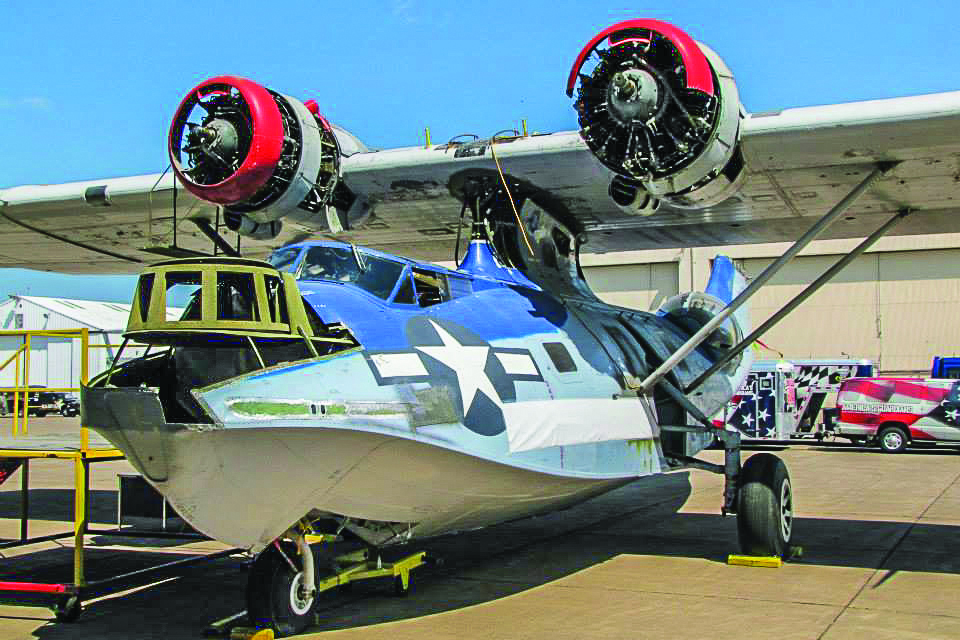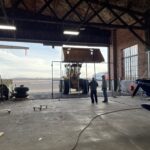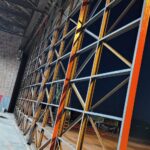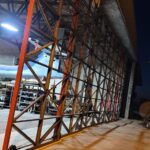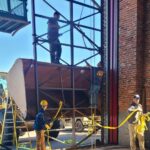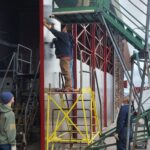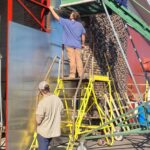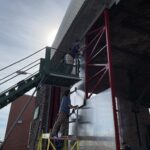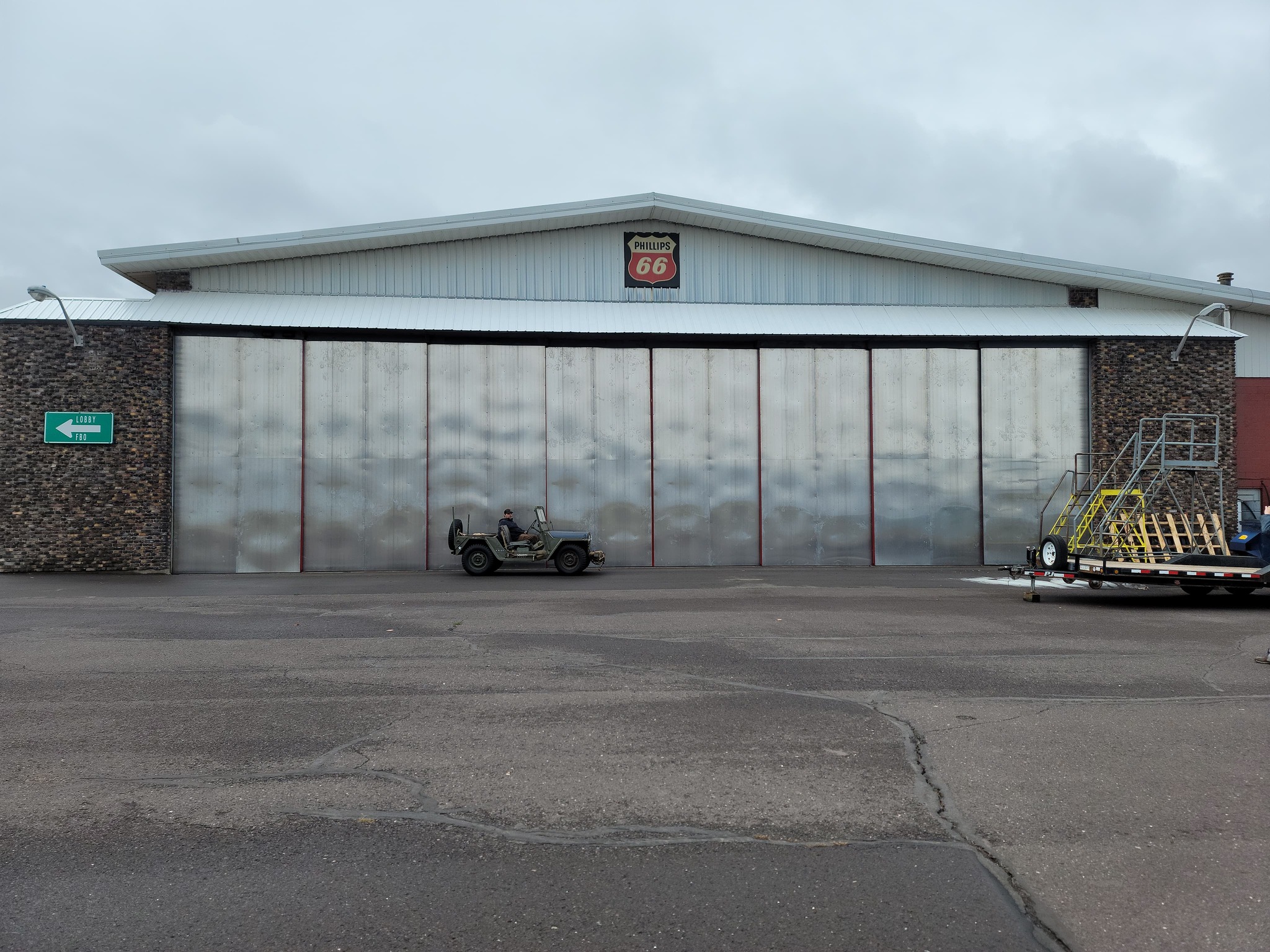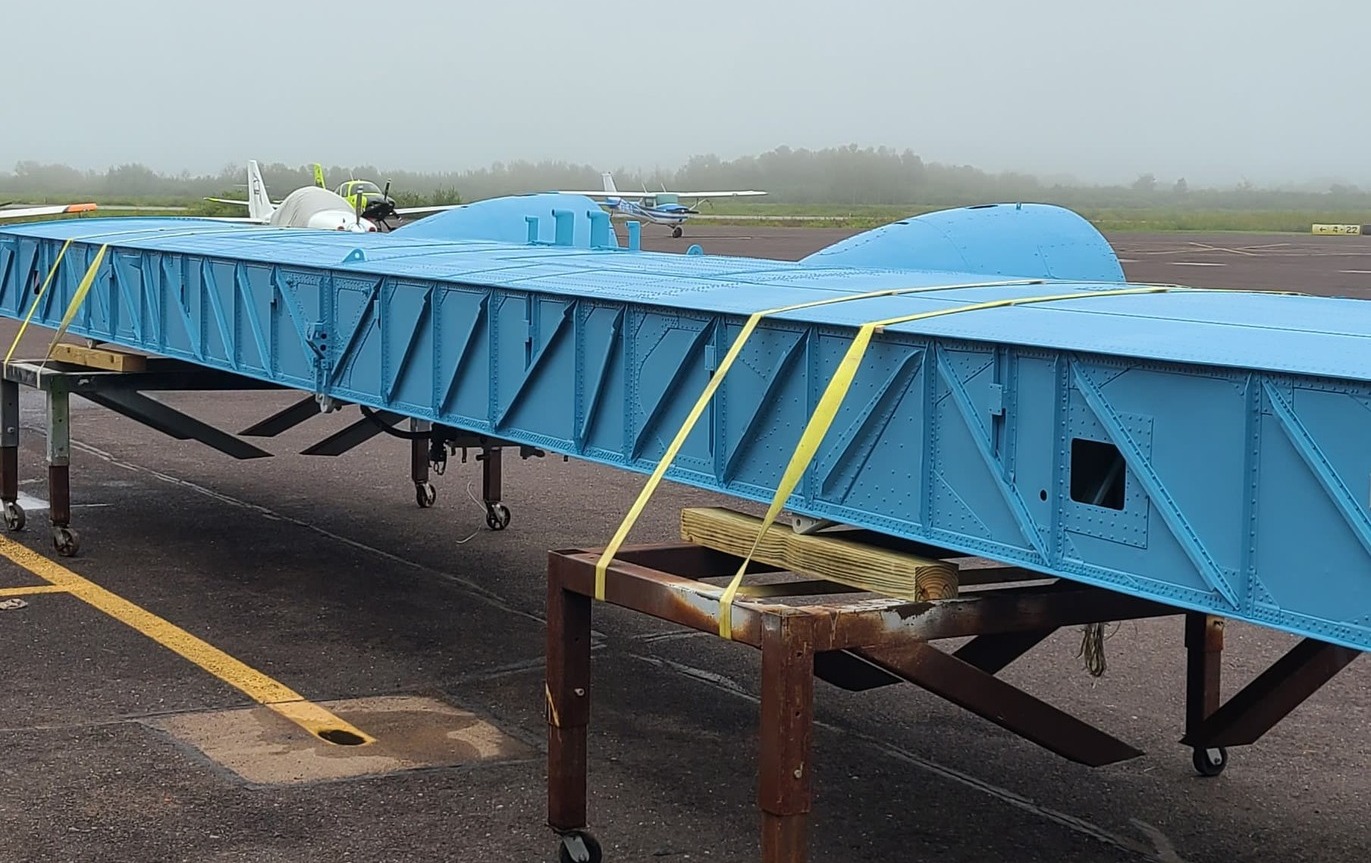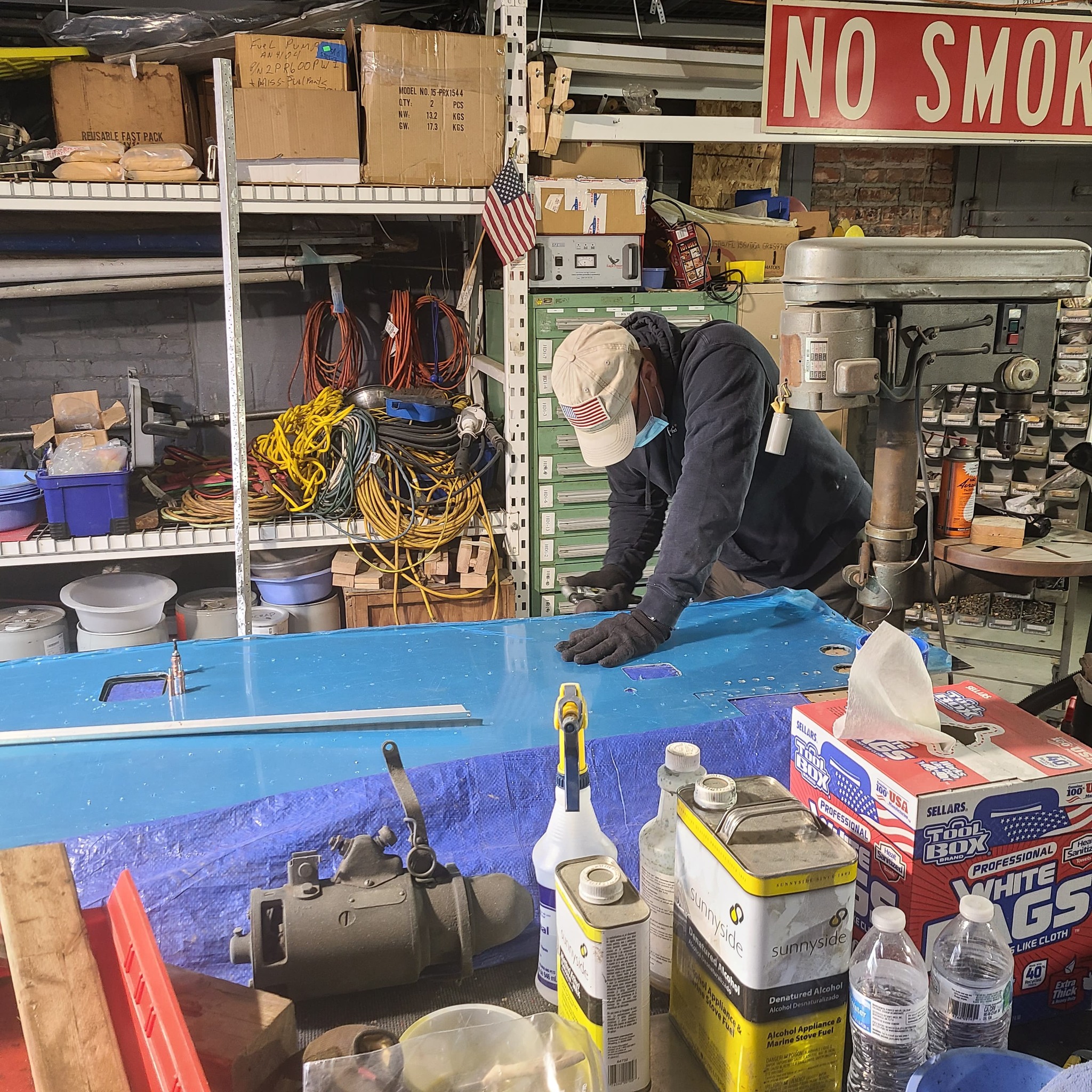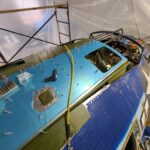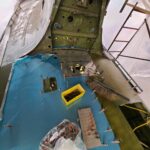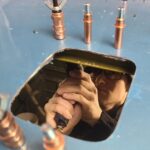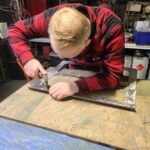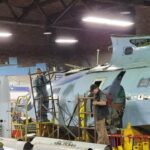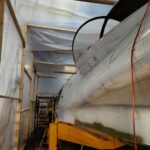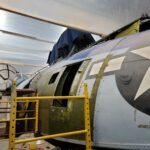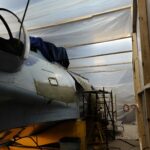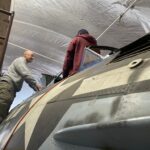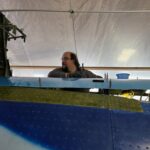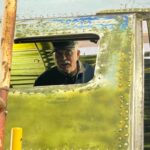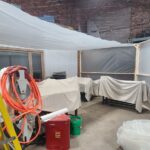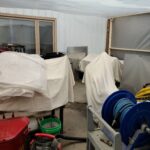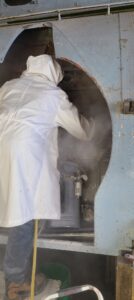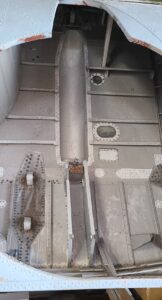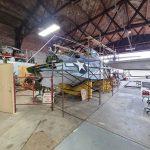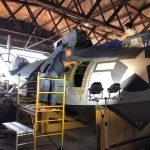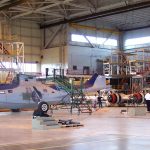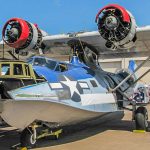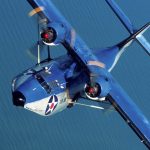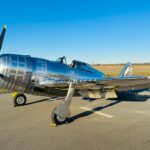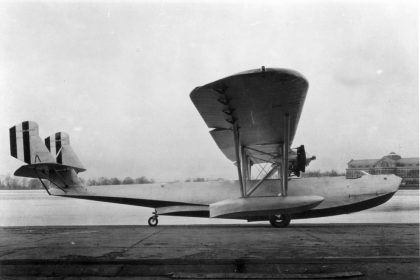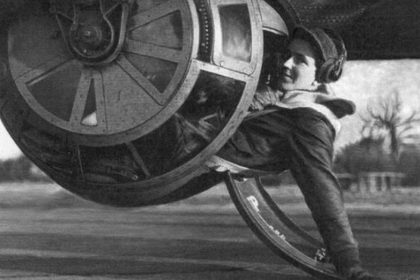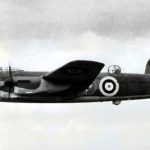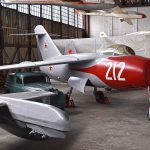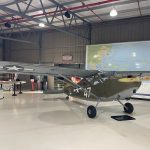As many will know, the Commemorative Air Force Lake Superior Squadron has spent the last several years working diligently on the ambitious airworthy restoration of Consolidated PBY-6A Catalina BuNo.64097. As an update to our last report in November 2021, we thought our readers would enjoy reading the following, adapted from CAF reports, concerning progress in the rebuild of this magnificent flying boat at Richard I. Bong Memorial Airport in Superior, Wisconsin…
The Lake Superior Squadron is committed to returning the CAF’s PBY Catalina to the sky. It is a complex endeavor, as we are actually combining the major components from two different airframes to rebuild a single airworthy example (with the remaining parts going into the static restoration of PBY-6A BuNo64092). Each year, the hard-working volunteers make tremendous strides in restoring this historically significant amphibious aircraft.
In the 1930s, the U.S. Navy invested significant energy into the development of long-range flying boats for its forces spread across the Pacific Ocean, where units would often require resupply over vast distances. These were the days when airports capable of handling large aircraft were relatively rare, especially in that part of the world. Flying boats, obviously, had the advantage of not needing prepared runways; they could simply use a calm stretch of obstacle-free open water wherever they found it. Consolidated designed the PBY, in part, to fulfill this U.S. Navy requirement. The PBY, as its naval nomenclature suggests, initially served as a patrol bomber. It was an aircraft with a substantial operational range, allowing it to fly un-refueled for 30 hours or more if needed. The first examples of the type were pure flying boats but, beginning with the PBY-5A, Consolidated added retractable undercarriage to the Catalina, thus adding amphibious versatility. During WWII, the PBY served in numerous roles, ranging from bombing missions, to anti-submarine warfare, to observation/reconnaissance, and of course air-sea rescue. It is perhaps the most important flying boat design in military history, but today, only a dozen or so Catalinas are actively flying on a regular basis; CAF volunteers are eager to add their PBY to that short list.
One of the big issues we have had to contend with since moving into our new home in Superior is the harsh winter environment. Our hangar had no main door, so we had to build a heated tent around the PBY’s fuselage for work on the aircraft to continue during the sub-zero season each year. Thankfully, beginning in late December, 2021, we began the process of building new hangar doors. We completed the installation during mid-October, 2022, which will greatly improve our future working environment.
. (photo via CAF Lake Superior Wing)
The Catalina’s New Mission
The energy continues to mount as volunteers make progress on this extensive restoration project. With the paint application occurring in some sections, the overall vision for the project is beginning to show.Once completed, this PBY will help tell the story of “Strawberry 5”, a Catalina which Lieutenant Howard P. Ady flew on June 5th, 1942. Ady and his crew successfully located two of the Imperial Japanese Navy’s aircraft carriers on their way to attack the tiny U.S. outpost on Midway Island. This discovery precipitated the Battle of Midway, the pivotal naval clash which ultimately proved to be the turning point for eventual Allied victory in the Pacific Theatre of Operations during WWII.
During the summer months, work on the Catalina focused heavily upon the wing center section where the aircraft’s two Pratt&Whitney R-1830 Twin Wasp engines are mounted. Taking the stripped-down wing section outside, we media-blasted the metal to remove the old paint. Following inspection and repairs, we were then able to repaint the structure. Ultimately, the aircraft’s upper surfaces will receive a coat of mid-blue, while the hull and flying surface undersides will be gull gray.
At present, we are reinstalling the flight controls, the hydraulic and fuel line tubing, along with new wiring for the electrical systems. The video below shows some of the work which has taken place…
We have continued restoring the fuselage, of course, with work focusing on the cockpit area and engineers position in the pedestal section (as you can see in the images below).
As winter approaches, and despite having a new hangar door, we have again erected a temporary tent around the aircraft’s fuselage so we don’t have to heat as much of the hangar space to continue working. We have done something similar around the fabrication shop, so we can have a warm space to operate the sheet metal brakes, sheers, hydraulic presses and other tools comfortably once winter arrives.
The Catalina has been on the CAF’s 12 Planes of Christmas fund-raising campaign for the a couple of years. Last year’s campaign helped finance the landing gear restoration, with the components having been sent out for re-plating. Once they return for final painting, we will be able to reassemble and mount the gear to the airframe; this is scheduled for next spring.
The next major step will be financing the overhaul of the aircraft’s R-1830 engines…
How You Can Help…
The Lake Superior Squadron’s goal for this year’s CAF 12 Planes of Christmas campaign is to raise funds towards the restoration of one R-1830 engine. Both engines require a full overhaul, since they have been in storage for some 20 years now. The engine accessories and propellers will also need overhauling too.
If you would like to support our mission to return this magnificent PBY to flying condition, please click the link below.







